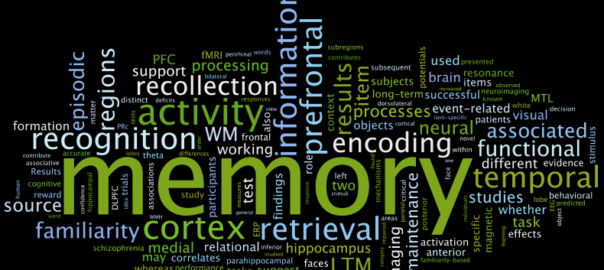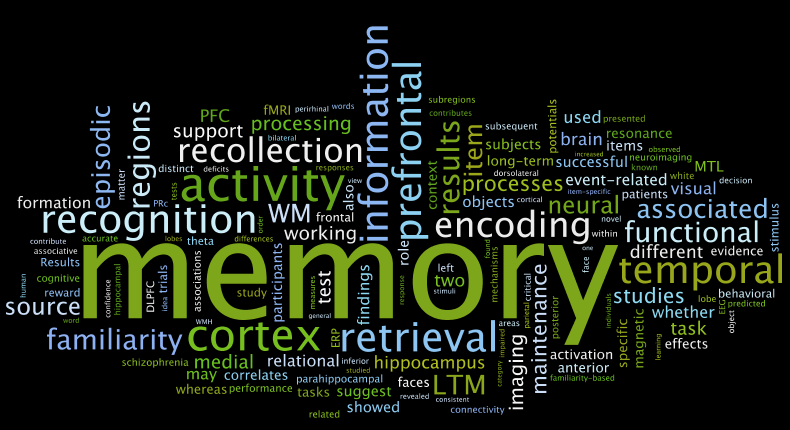

Memorising a keynote word for word is an unrealistic expectation to set for yourself.
Here are a few tips and tricks that will help you memorise the sections/chunks of your keynote and the content within each.
Your Lead Representational System.
When you know your representational system you can work out the best way for you to learn your keynote and practice it in way that helps you to memorise the chunks.
What are the Representational Systems?
Based on the research of Richard Bandler and John Grinder representational systems describe the different channels through which humans code information internally through their senses. The main channels are visual, auditory, kinaesthetic and auditory digital.
V – VISUAL
People who are visual often stand or sit with their hands and/or bodies erect, with their eyes up. They will be breathing from the top of their lungs. They often sit forward in their chair and tend to be organized, neat, well-groomed and orderly. They memorise by seeing pictures, and are less distracted by noise. They often have trouble remembering verbal instructions because their minds tend to wander. A visual person will be interested in how something LOOKS. Appearances are important to them. They are often thin and wiry.
Visual or Seeing language:
– I get the picture
– I see what you mean
– That looks right
– Can I have a look at that?
– I can just picture it.
If you are a visual person you are best to draw the chunks of you keynote as pictures. For example, if you were to visually represent the chunk where you have a metaphor of say, you competing at the Commonwealth Games you could draw a picture of a medal. Visual people will more easily memorise by a seeing a series of pictures.
A – AUDITORY
People who are auditory will move their eyes sideways (remember Richard Nixon?). They breathe from the middle of their chest. They typically talk to themselves, and are easily distracted by noise. (Some even move their lips when they talk to themselves.) They can repeat things back to you easily, they learn by listening, and usually like music and talking on the phone. They memorise by steps, procedures, and sequences (sequentially). The auditory person likes to be TOLD how they’re doing, and responds to a certain tone of voice or set of words.
Auditory or Hearing Language:
– Listen to this
– I can hear you loud and clear
– Clear as a bell
– This sounds good
– We are on the same wavelength
– I hear you
If your lead Representational System is Auditory you are best to record your talk in chunks and listen back to them repeatedly and in order. Continue to record and listen over and over. The more you hear it the more you will recall what comes next.
K – KINAESTHETIC
People who are kinaesthetic will typically be breathing from the bottom of their lungs, so you’ll see their stomach go in and out when they breathe. They often move and talk verrry slooowly. They respond to physical rewards, and touching.
They also stand closer to people than a visual person. They memorise by doing or walking through something. They are interested in something if it ‘feels right’.
Kinaesthetic, Tactile or Feeling Language:
– That didn’t feel right
– I got a gut feeling about this
– I felt right at home
– That gave me shivers
– I cannot get a grip of this
Kinaesthetic people will learn best by actually doing the talk. The best way for them to learn it is do it. They need to practice going through it as if it’s real. From start to finish. At the beginning and end of each section you are best to take note of how you feel at that time. This feeling will be anchored to the words in that particular section just finished and lead you to what comes next. It’s all about how you feel.
AD – AUDITORY DIGITAL
This person will spend a fair amount of time talking to themselves. They will want to know if what you’re saying “makes sense”. The auditory digital person can exhibit characteristics of the other major representational systems. They memorise by having the steps and listening to the steps being repeated.
Auditory Digital Language
I’m certain
Makes good sense
Accurate representation
Results driven strategies
I get you loud and clear
Everything considered
As an auditory digital person you have a mix of listing and listening as the best tactic for you to memorise.
Record you talk in chunks. Number each section at the beginning of the recording. For example: –
‘Section 2 – the IDEA…’
When you get up to speak your will recall the information by sequence and be able to recall the sounds of the words which followed each number.
As a client of The Speakers Institute you have been given a piece of IP that is GOLD in terms of memorising.
The Authority Communication Framework, (ACF) is the basis of how to set your talk up and also a great framework for you to memorise the sequence of your talk.
Learn the ACF sentence beginnings to which will get you started on recalling the content
Have you ever felt…
I have found that…
Research tells us…
There was this one time…
Today I’m going to teach you…
Once you know the sections/chunks and you have practiced using your lead representational system you will recall each chunk and the content within each chunk.
